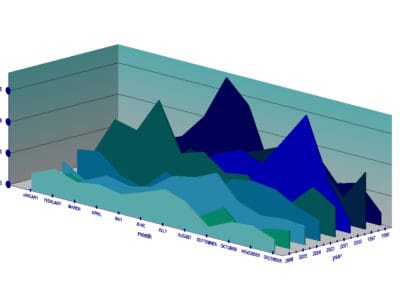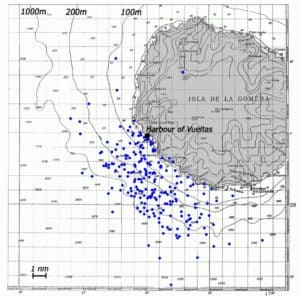The purpose of the association is to promote environmental protection, science and education, especially the protection of cetaceans (whales and dolphins) and their marine habitat, as well as the study of cetaceans off La Gomera (Canary Islands).
The waters off the island of La Gomera are home to a special biodiversity of dolphins and whales, with over 20 species.
Watching dolphins and whales in their natural habitat is one of the most impressive experiences of nature. We set an example of how to make it ecologically sustainable.
We provide comprehensive information – e.g. with lectures, events, seminars, internship courses, and our permanent exhibition on La Gomera and this website.
Our research is for the conservation of dolphins and whales and their habitat – sighting data, behavioural observations, photo-identification, land-based observations, interdisciplinary studies and more.
M.E.E.R. e.V. is an organization primarily concerned with research on the whales and dolphins off La Gomera.
However, it is equally important to us to present the results of our research in an understandable way, as well as to foster the direct connection of humans and the sea, and marine conservation. This is accomplished through the following activities.
The sighting data is the basic information collected with every sighting of whales or dolphins. This includes:
|

|
During the whale watching trips off La Gomera, every sighting of whales and dolphins is documented on every single tour in the way outlined above. By using of special sighting data sheets developed by M.E.E.R. e.V. and made available to the skippers, hundreds of sightings every year will be integrated into our sighting database.
To date, the database encompasses several thousand data sets. With this data, it is possible to assess the abundance and distribution of cetaceans. Moreover, and on the basis of the abundance of data over the past years, trends can be recognized e.g. which species are sighted more or less often compared to the previous year, etc.
Thanks to our continuous documentation of all sightings, we accomplished that the sea Southwest to La Gomera is one of the most in-depth researched areas in the Canary Islands and in Europe.
The sighting data is published in papers for scientific journals, and is presented on international conferences, symposia and workshops.

